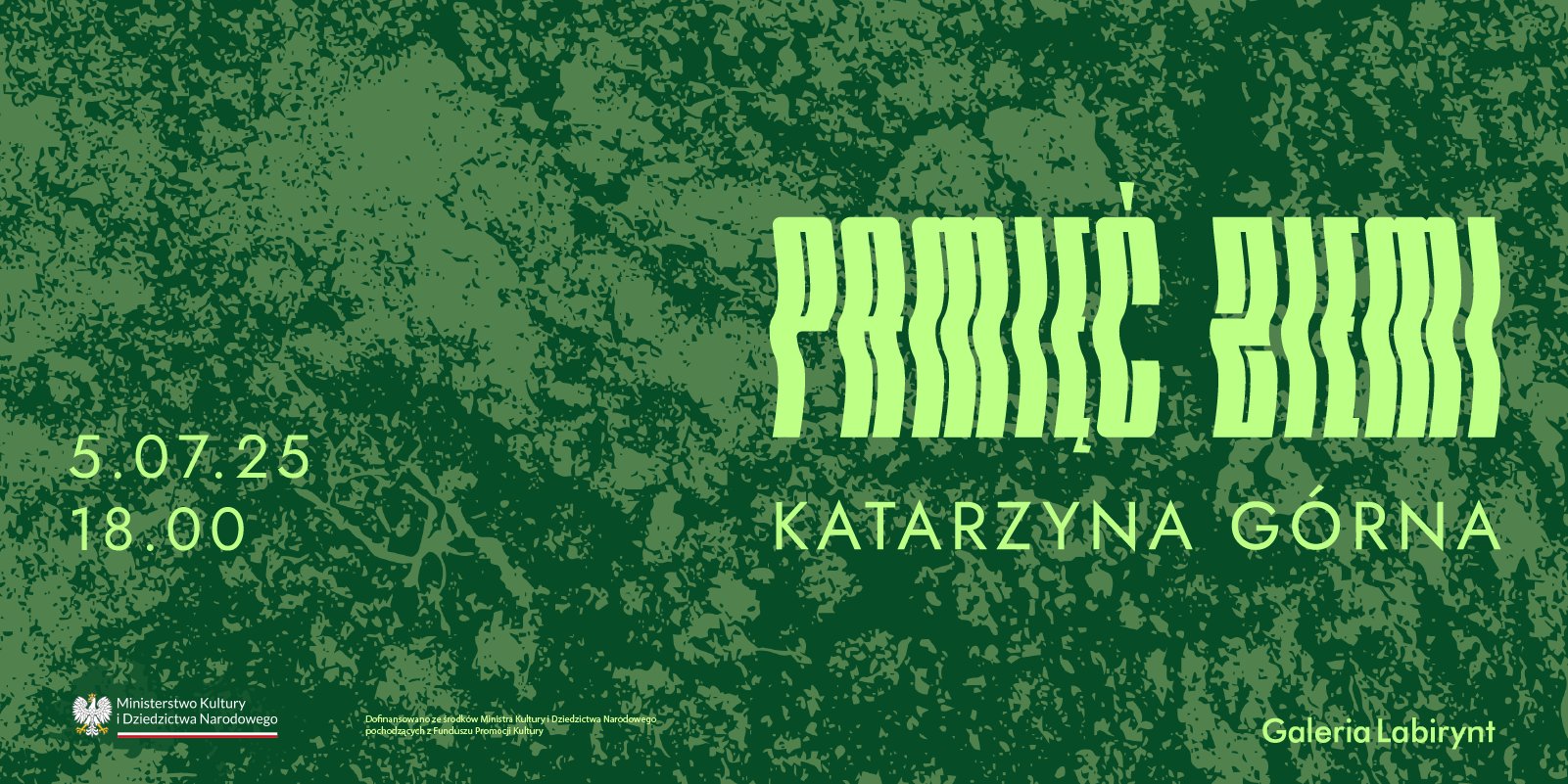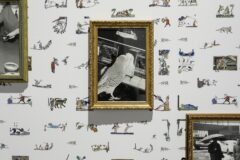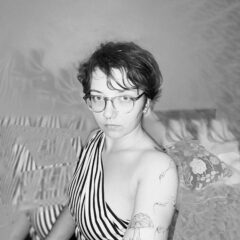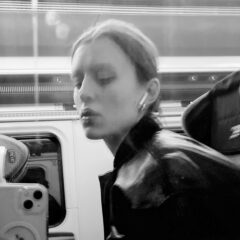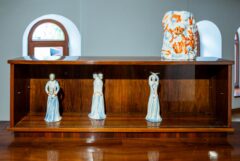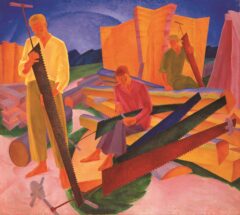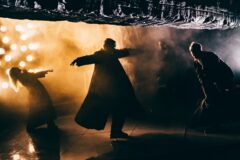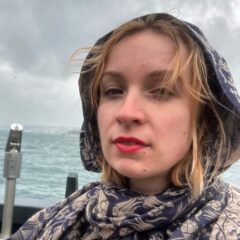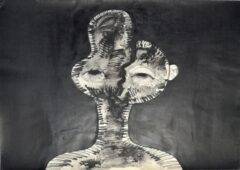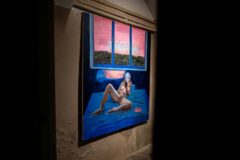„Montaże. Debora Vogel i nowa legenda miasta” w Muzeum Sztuki w Łodzi [PL/ENG]
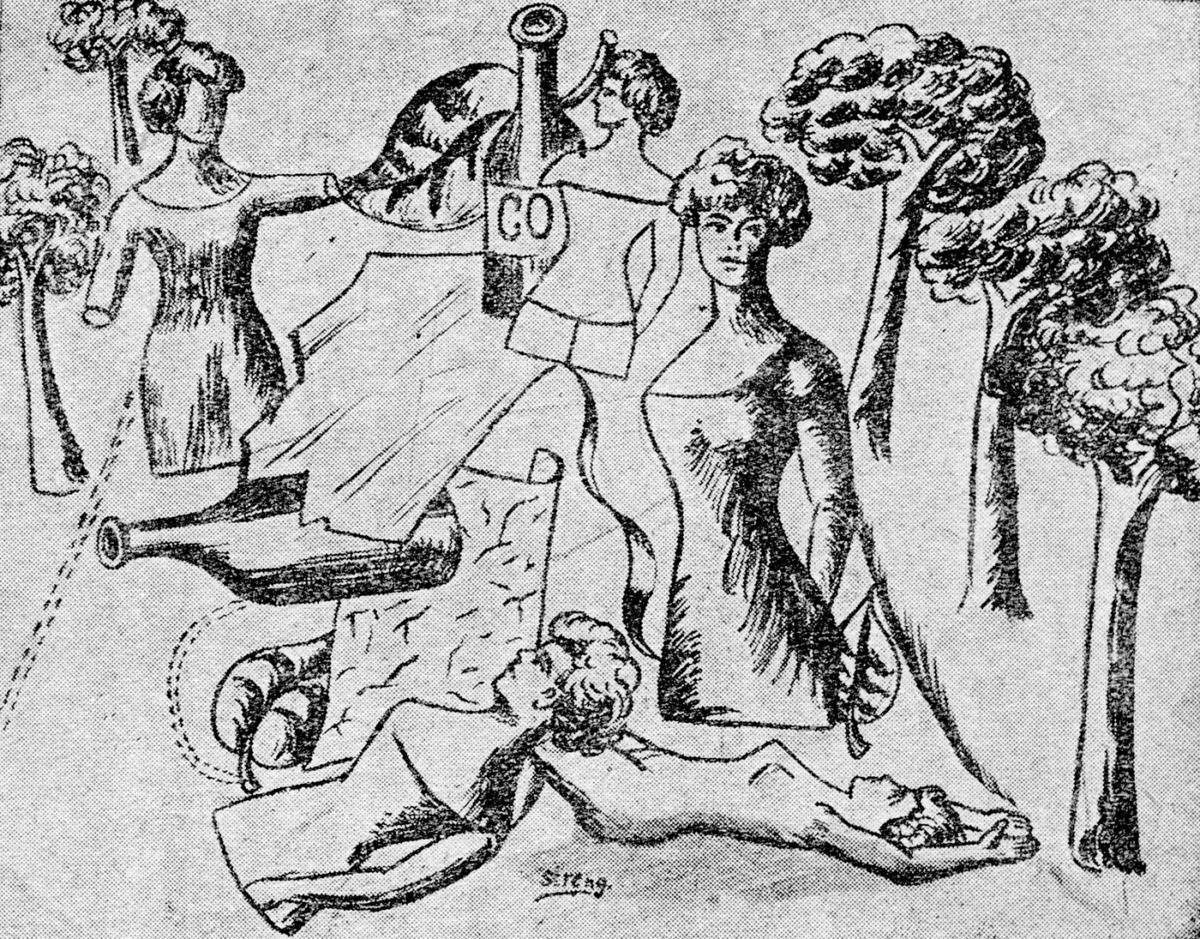
For English version scroll down
PL
Koncepcja wystawy ma trzy punkty wyjścia czy też wymiary, zazębiające się i kontrastujące ze sobą. Pierwszy to montaż, rozumiany szeroko jako jedna z najważniejszych praktyk awangardy – praktyka kombinowania, kompilowania, zestawiania, która obejmuje tak kubistyczne kolaże, jak montaże konstruktywistyczne, prace surrealistów czy eksperymenty fotograficzne i filmowe.
Praktyka ta zostaje osadzona w kontekście koncepcji i fascynacji estetycznych oraz twórczości Debory Vogel (1900-1942) – dziś na nowo odkrywanej awangardowej pisarki, krytyczki i teoretyczki sztuki; oraz jej związków z praktykami awangardowymi okresu międzywojennego, przede wszystkim w Polsce, m.in. z twórczością artystów z lwowskiej grupy „artes”, Grupy Krakowskiej, oraz twórców indywidualnych, m.in. Leona Chwistka i Władysława Strzemińskiego. Zaprzyjaźniona z Brunonem Schulzem i Witkacym, Debora Vogel była nie tylko niestrudzoną propagatorką nowych koncepcji sztuki, cenioną przez artystów autorką teorii montażu i fotomontażu, ale także autorką radykalnych prób przełożenia doświadczenia wizualnych praktyk awangardy na język literatury, czynionych po polsku i w języku jidysz.

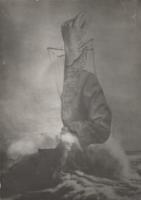

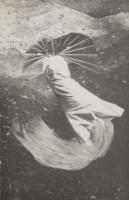
Trzeci wymiar to nowoczesne miasto, jego heterogeniczne przestrzenie i ich ikonosfera – rozumiane jako pole i doświadczenie generujące modernistyczną refleksję nad percepcją i powiązaną z nimi praktykę montażu, a także scena, na której rozgrywają się spektakle, napięcia i konflikty nowoczesności, śledzone, wydobywane i punktowane przez Vogel i bliskich jej artystów.
Paradoksalnym, bo poniekąd peryferyjnym centrum wystawy jest Lwów, w którym mieszkała Vogel, ośrodek jej „prywatnej geografii”. To tu stworzyła najważniejsze prace, to tu sprawowała ona, jak mówiono, matronat nad „artesem”, w kręgu którego zrodziło się jedno z bardziej oryginalnych zjawisk we lwowskiej sztuce tego czasu – fotokolaż i fotomontaż; to stąd wyruszała na wyprawy do metropolii nowoczesności. Tu została zamordowana w czasie akcji likwidacyjnej getta lwowskiego w sierpniu 1942 roku.
Lwów na wystawie to miejsce generujące wizerunki przetwarzane w praktykach Vogel i „artesu”, a zarazem miejsce wcielania i performowania teorii estetycznych. Staje się on swoistą trzecią przestrzenią, gdzie krytycznemu de- i remontażowi poddawane są podstawowe kategorie organizujące pole sztuki i filozofii, negocjowane są tożsamości i przekraczane dychotomie – estetyczne, etniczne, płciowe. Miejsce, gdzie wizerunki, klisze, wzorce zachowań i percepcji zderzają się ze sobą, a z tego zderzenia wyłania się możliwość ich nowej rekonfiguracji. Taka jest też twórczość i myśl samej Vogel, poruszającej się w przestrzeni liminalnej, między różnymi językami, kulturami, grupami i miejscami.
Jednak zainteresowania Vogel prowadziły ją daleko poza Galicję. Choć dla pisarki to Nowy Jork był „esencją wszystkich miast”, bez wątpienia punktem ciężkości tej mapy podróży realnych i intelektualnych jest Paryż. Poczynając od okien sklepowych i manekinów Pierre’a Imansa, które zawładnęły wyobraźnią Vogel i lwowskich artystów malarzy, po Fernanda Légera i jego Académie Moderne, do której spora grupa lwowskich artystów udała się po nauki w drugiej połowie lat 20-tych. Właśnie grupa „artes” na początku lat 30. przeniosła na lwowski grunt wizualny wachlarz paryskich pomysłów od pochłaniającego lokalne motywy prymitywizmu po kubizujący koloryzm i oryginalną odmianę nadrealizmu. Jeden z członków grupy, Henryk Streng (Marek Włodarski) zostaje ilustratorem tekstów Debory Vogel (Tog-figurn, 1930, Akacjes blien, 1935, Akacje kwitną, 1936). Inne ważne miasta w biografii autorki to Berlin czy Sztokholm, gdzie mieszkała jej rodzina. Łódź to dla niej miasto konstruktywizmu i Strzemińskiego. Nowy Jork – grupy eksperymentujących jidyszystów i ich magazynu „Inzich”.

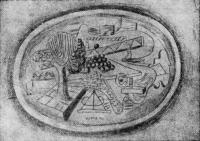
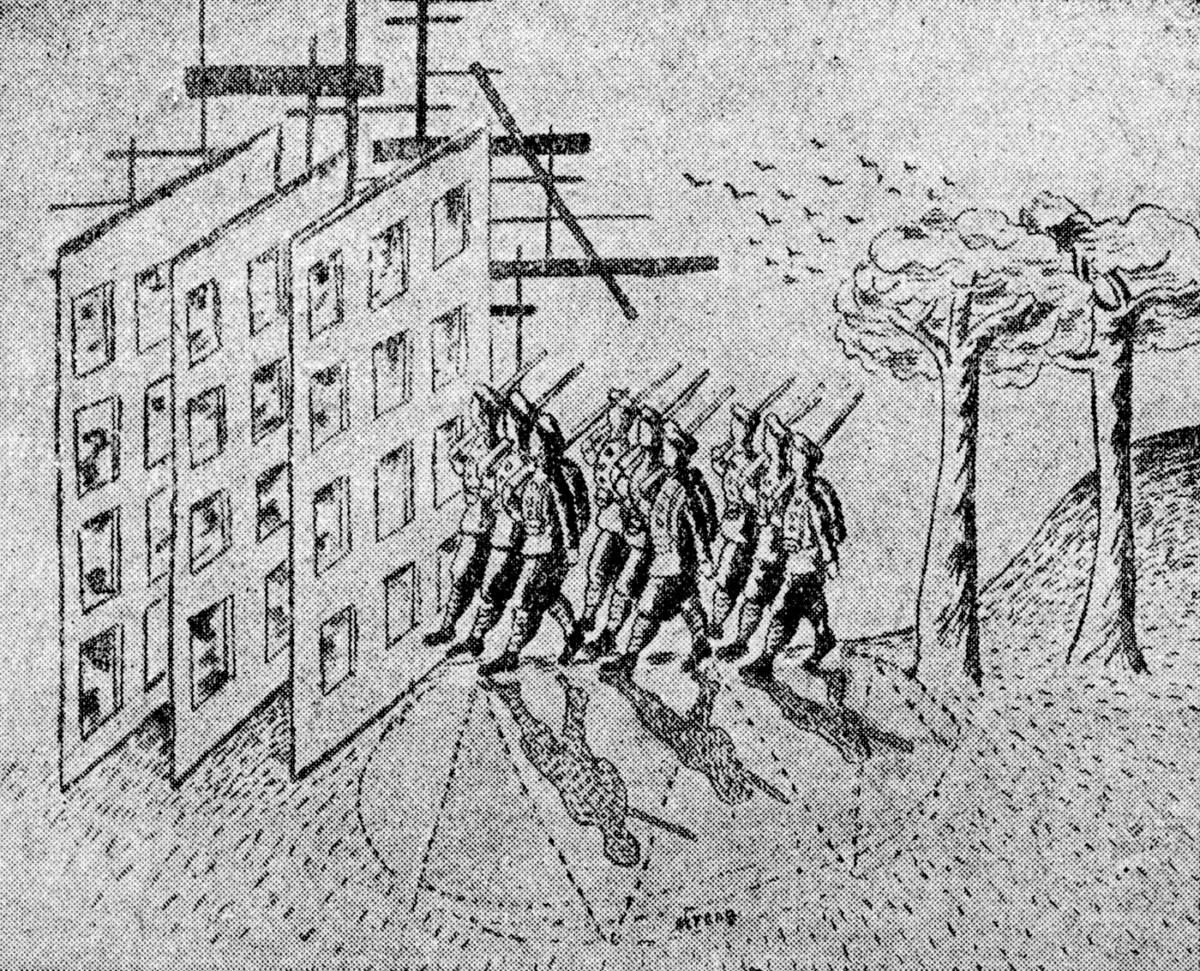
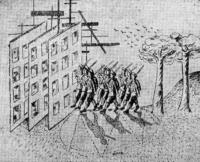
Układ i forma wystawy odpowiadają ważniejszym wątkom twórczości i myśli teoretycznej Debory Vogel, przede wszystkim zasadzie, na której bazuje technika montażu – tak literackiego, jak i wizualnego. Innym punktem odniesienia jest koncepcja „ciągłej przemiany form” w sztuce i w zdarzeniach życiowych. W ten sposób układ wystawy łączy ze sobą aspekty synchroniczny i diachroniczny biografii intelektualnej Vogel – odzwierciedla strukturę problemową jej refleksji estetycznej, ukazując zarazem stadia rozwoju jej myśli w bezpośrednim związku z założeniami programowymi i praktykami artystów tego czasu. Układ wystawy zaplanowany został jako kompozycja miejsc, scen i miast, z którymi związane były życie Debory Vogel i jej rozwój twórczy. Oferuje doświadczenie przemieszczenia się w przestrzeni miejskiej, dowodząc zarazem aktualnego wymiaru refleksji teoretycznej Vogel.
Wystawa ukazuje spektrum zjawisk artystycznych z drugiej połowy lat 20. i lat 30., od przykładów sztuki abstrakcyjnej inspirowanych légerowską wersją konstruktywizmu, przez zakorzeniony w estetyce ulicy surrealizm, po eksperymenty malarskie wychodzące w stronę realizmu społecznego. Prace te zostały zestawione z fotografiami dokumentalnymi i artefaktami – reprezentacjami (i śladami) świata lwowskiej komercji i rodzącego się konsumeryzmu. Warstwę wizualną dopełnia warstwa dźwiękowa, próba rekonstrukcji awangardowej fonosfery. Do ekspozycji włączone są nagrania wybitnego kompozytora lwowskiego Józefa Kofflera, wczesnego dodekafonisty z Akademii Muzycznej we Lwowie, muzykę atonalną będzie wizualizować „Kompozycja muzyczna” Leopolda Lewickiego; te eksperymenty z kolei zestawione zostały z fragmentami ówczesnej muzyki popularnej, piosenki ulicznej i jazzu, które fascynowały i przenikały twórczość reprezentowanych na wystawie artystów. Całość ma w założeniu stworzyć efekt zwielokrotnionego montażu – map, estetyk, miejsc, wizerunków i dźwięków.




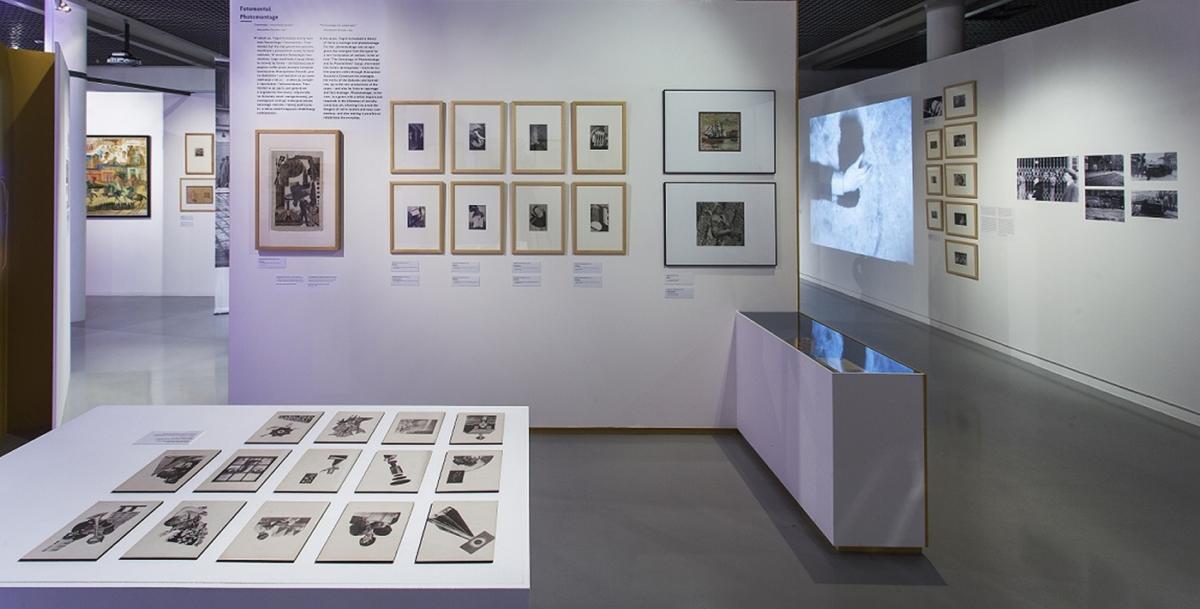

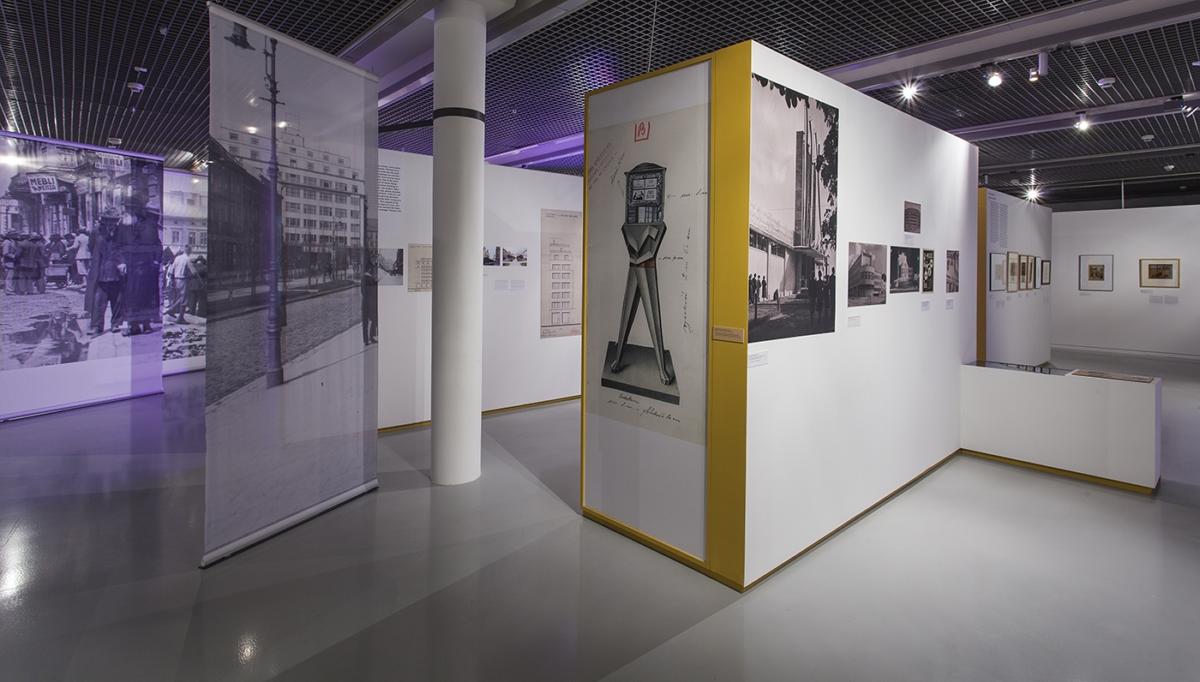
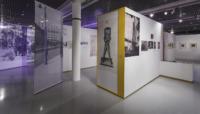
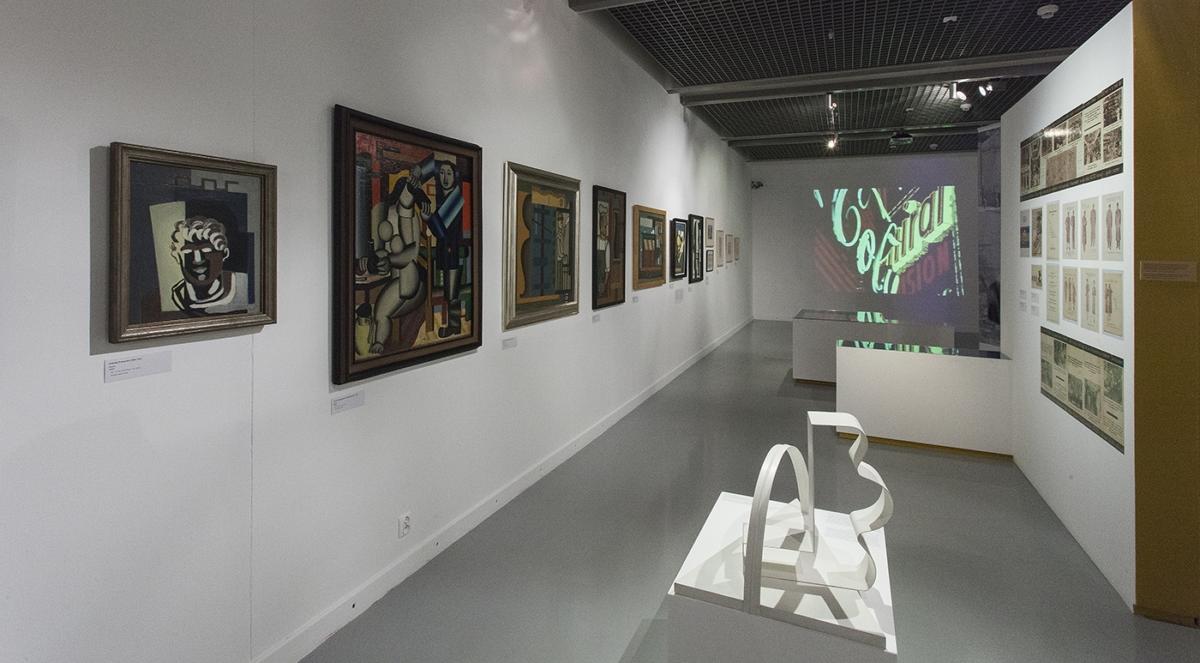
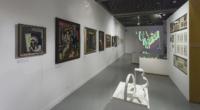
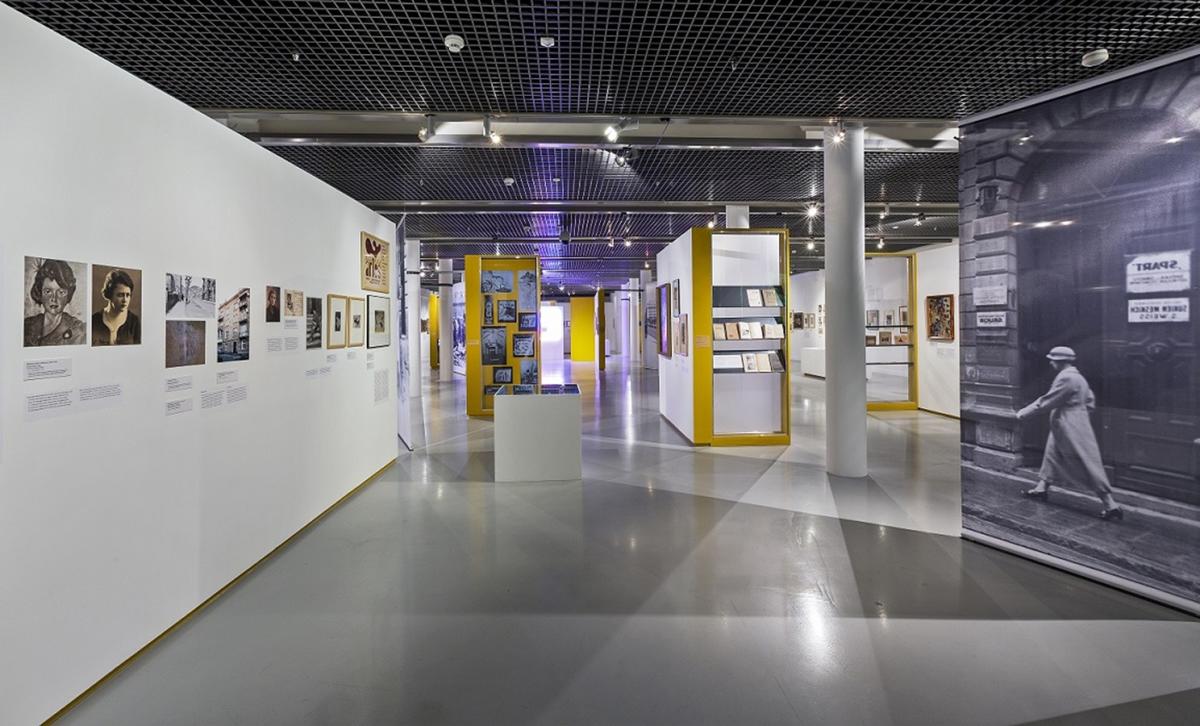
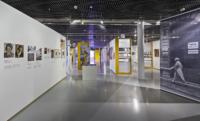
ENG
The idea behind the exhibition is threefold, combining in itself three concepts, or dimensions, intertwining and contrasting with each other. The first is montage, widely understood as one of the most important avant-garde practices – the practice of combining, compiling and contrasting, which encompasses a variety of projects, such as cubist collages, constructivist installations, surrealist works and photographic or film experiments.
This project is embedded in the context of Debora Vogel‘s (1900-1942) aesthetic concepts and our fascination with her work. Today Vogel is being rediscovered as an avant-garde writer, critic and theorist of art; and so are her links with the avant-garde practices of the interwar period, primarily in Poland – with the works of the Lviv group „artes” , Krakowska Group, and individual artists, among them Leon Chwistek and Władysław Strzemiński. Befriended by Bruno Schulz and Witkacy, Debora Vogel was not only an indefatigable promoter of new concepts of art, an artist who appreciated the theory of montage and photomontage, but also an author of revolutionary attempts to translate the visual experience of avant-garde practice into literary language of Polish and Yiddish.
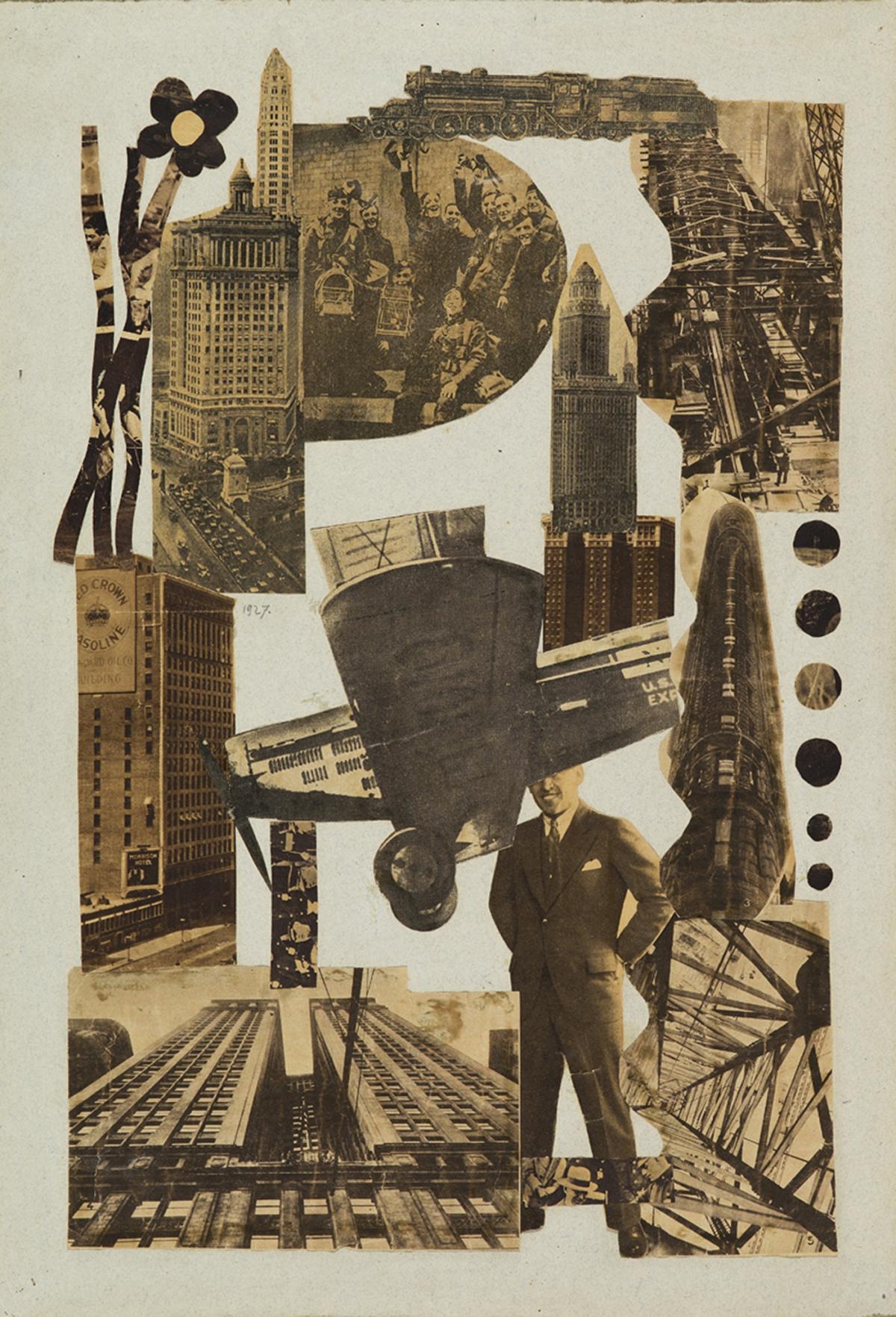

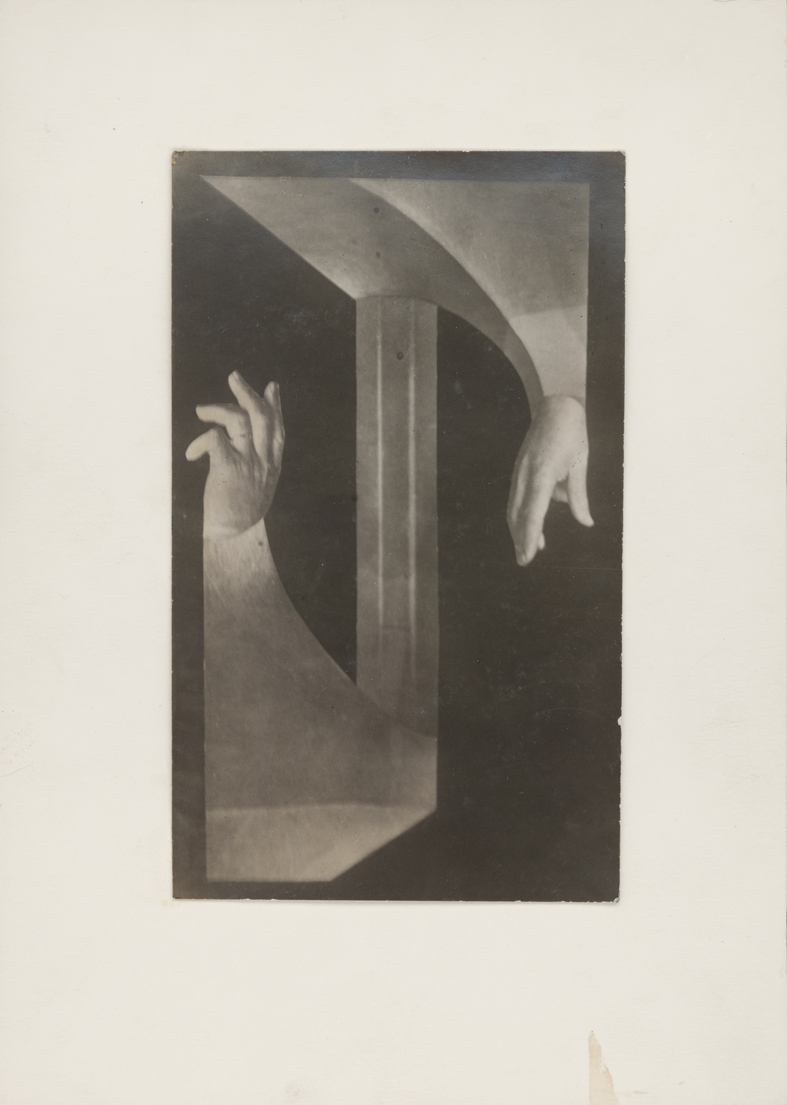
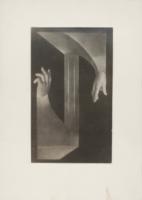
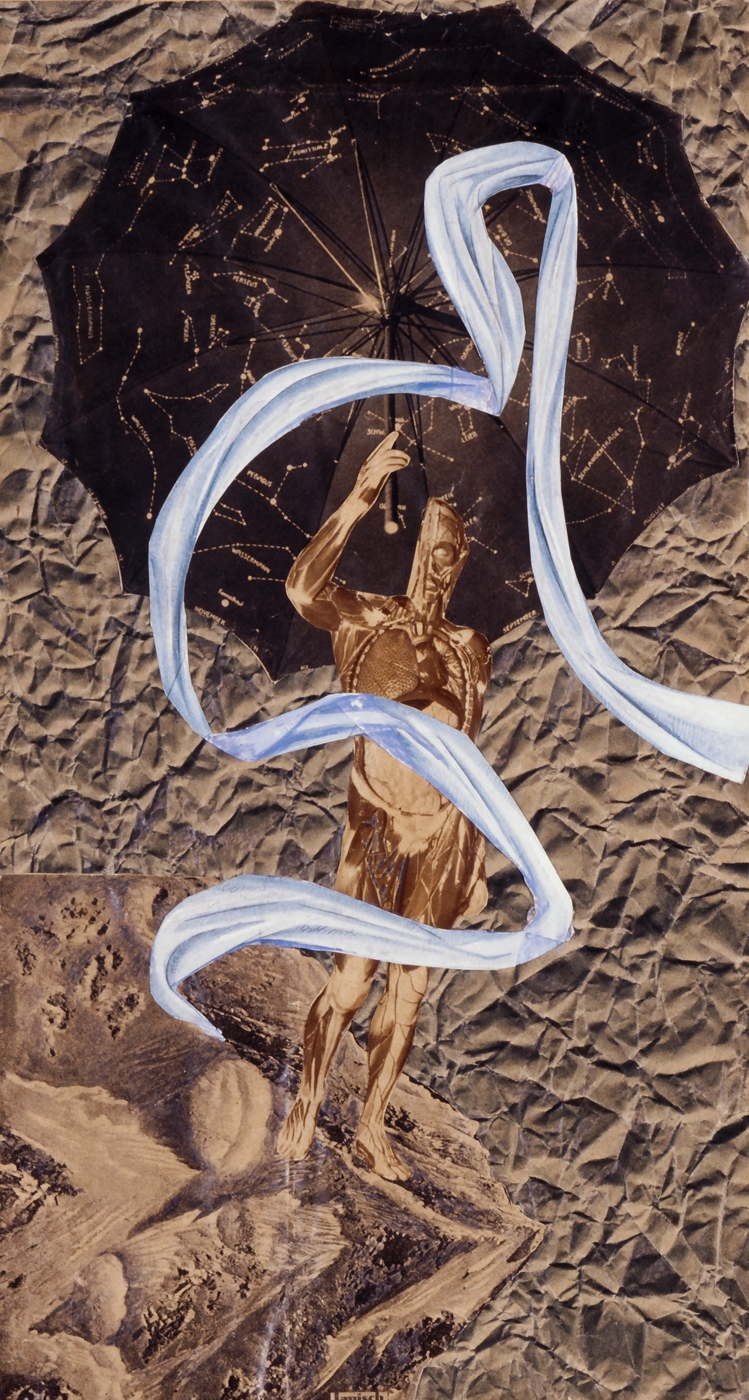

The third dimension is a modern city, its heterogeneous spaces and its iconosphere – understood as a source and experience generating modernist reflection on the act of perception and the associated practice of montage. It is also a stage where various spectacles are played, with the tensions and conflicts of modernity, traced, pulled and pointed out by Vogel and other representatives of modernism from her circle of artist-friends.
Paradoxically, Lviv, where Vogel lived, though situated peripherally, is the centre of the exhibition and in a way a centre of her own ‘private geography’. It was where she created the most important works, it was where she exercised the ‘matronage’ over artes, the club which was a cradle of one of the most original phenomena in Lviv – photocollage and photomontage. I t was also where she would embark on a journey to the ‘metropolis of modernity’ from. Finally, it was where she was murdered during the liquidation of the Lviv ghetto in August 1942.
Lviv at the exhibition is a place that generates images processed in Vogel’s and the “artes’s” practices, as well as a place of implementing and performing aesthetic theories. It becomes a kind of third space, where main categories of art and philosophy are subjected to critical dismantling and re-mounting, where identities, and transgressed dichotomies – aesthetic, ethnic, and of gender are negotiated. A place where an image, clichés, patterns of behaviour and perception collide, and from this collision the possibility of their reconfiguration emerges. So is Vogel’s art and thought, which are moving in a liminal space, between different languages, cultures, groups and places.
But Vogel’s interest led her far beyond Galicia. Although for the writer New York was ‘the essence of all cities’, it was undoubtedly Paris which was the main focus of this map of real and intellectual travels. The inspiration came from the shop windows and mannequins by Pierre Imans, which strongly captured the imagination of Vogel and the Lviv painters, to Fernand Léger and his Académie Moderne, to which a large group of Lviv artists went to study in the mid and late 1920s. It was the “artes” group who in the early 1930s transferred to the Lviv region a visual range of Parisian artistic ideas from the absorbing local motives of primitivism to cubist colorism and the original version of surrealism. One of the members of the group, Henryk Streng (Marek Włodarski), was an illustrator of Debora Vogel’s texts (Tog-figurn, 1930, Acacias Blien, 1935, Acacias in Bloom, 1936). Other important cities in the biography of the author are Berlin and Stockholm, where her family lived. Łódź for her was the city of Constructivism and Strzeminski. New York – a place of Yiddish experimenters and their magazine „Inzich”.
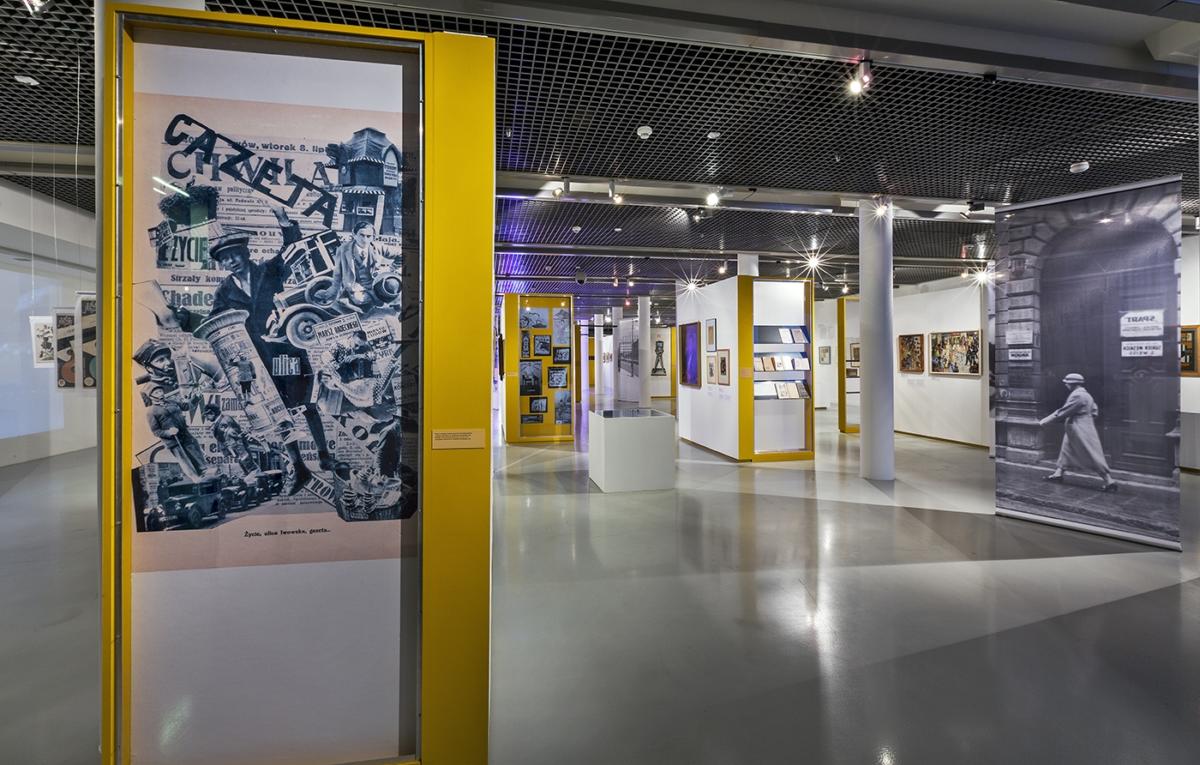
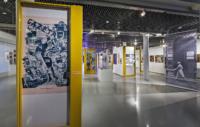
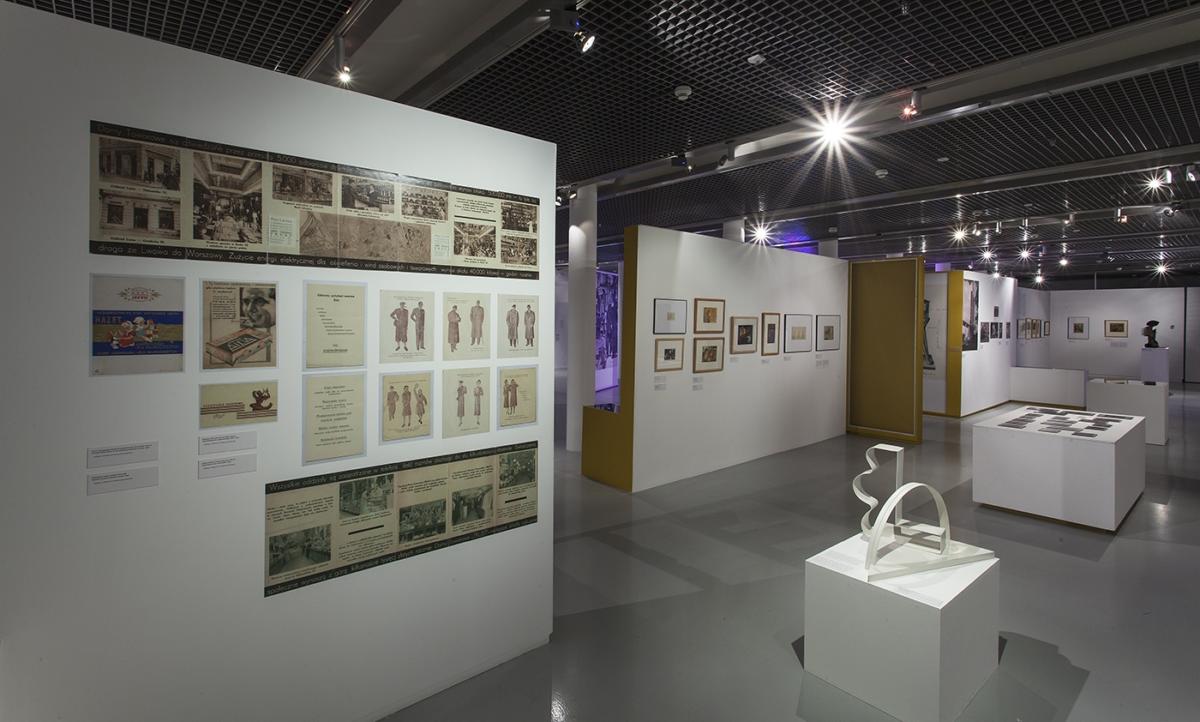
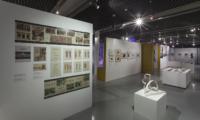

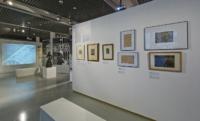
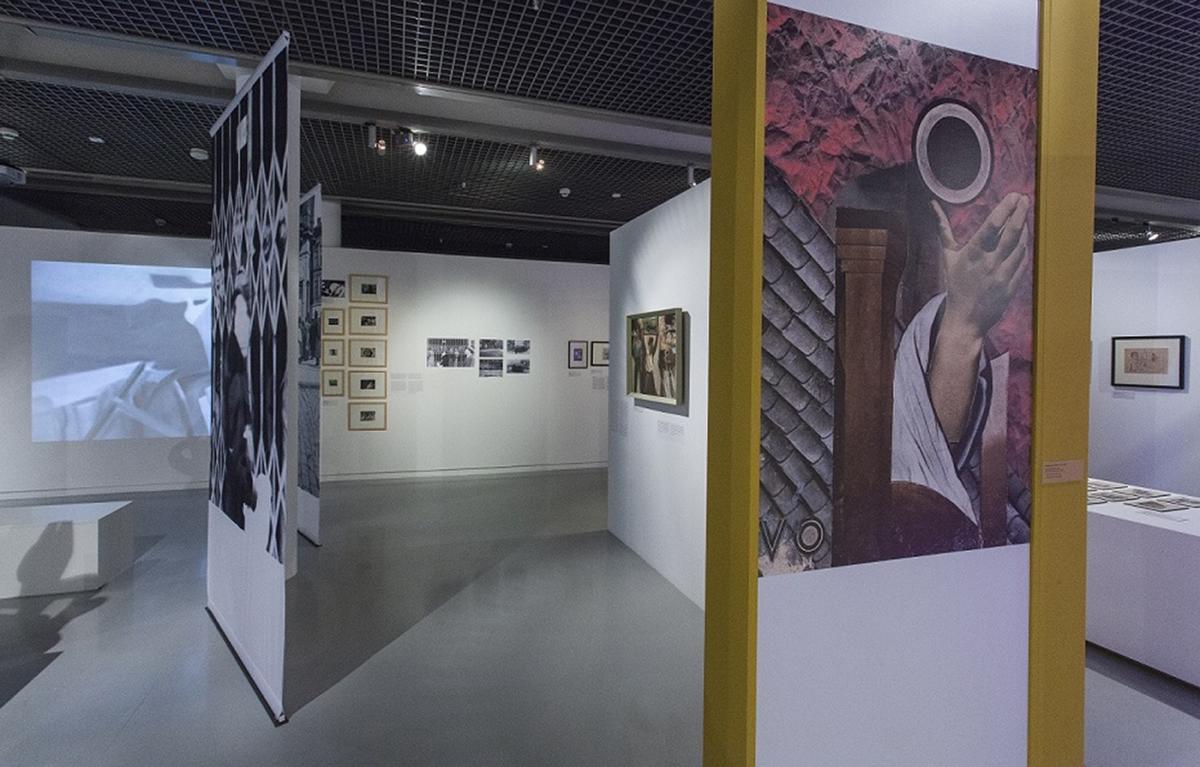
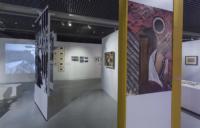
The layout and form of the exhibition will correspond to the most important themes of Debora Vogel’s artistic creativity and theoretical ideas, but most of all, to the principle on which the installation technique is based – both in its literary and visual meaning. Another point of reference is the concept of ‘continuous transformation of forms’ in art and in life events. In this way the layout of the exhibition combines the synchronic and diachronic aspects of Vogel’s intellectual biography – reflecting the problematic structure of her aesthetic reflection, and also showing the stages of her philosophy in direct connection with the project’s foundations and the practices of the artists of that time. The layout of the exhibition is planned as a combination of places, scenes and cities with which Deborah Vogel’s life and her creative development were connected. It will offer the experience of moving in an urban space, while proving the validity of the dimension of Vogel’s theoretical reflection.
The exhibition shows the spectrum of artistic phenomena from the mid and late 1920s and 1930s, from the examples of abstract art inspired by the Légerian version of constructivism, through the aesthetics of street surrealism, to the painter’s experiments that led to social realism. These works are compiled with documentary photographs and artefacts – representations (and traces) of the world of Lviv commercialisation and the emerging consumerism of that time. The visual aspect completes the sound in an attempt to reconstruct the avant-garde phonosphere. The exhibition includes the recordings of the outstanding Lviv composer Joseph Koffler, an early dodecaphonist from the Lviv Music Academy. The atonal music will be represented by Leopold Lewicki’s „Musical Composition”. These experiments, in turn, are contrasted with the fragments of the then contemporary popular music, street music and jazz, which fascinated the artists presented at the exhibition and permeated their works. The whole idea is intended to create the effect of multifold montage composed of maps, places, various types of aesthetics, images and sounds.
Przypisy
Stopka
- Osoby artystyczne
- Alfred Aberdam, Sasza Blonder, Janusz Maria Brzeski, Leon Chwistek, Eugène Deslaw, Otto Hahn, Jerzy Janisch, Maria Jarema, Katarzyna Kobro, William Klein, Józef Koffler, Aleksander Krzywobłocki, Fernand Léger, Leopold Lewicki, Ludwik Lille, Stanisław Osostowicz, Andrzej Pronaszko, Margit Reich-Sielska, Aleksander Riemer, Walter Ruttmann, Roman Sielski, Henryk Streng [Marek Włodarski], Władysław Strzemiński, Stanisław Teisseyre, Ludwik Tyrowicz, Eugeniusz Waniek, Tadeusz Wojciechowski, Mieczysław A. Wysocki
- Wystawa
- Montaże. Debora Vogel i nowa legenda miasta / Montages. Debora Vogel and the New Legend of the City
- Miejsce
- Muzeum Sztuki w Łodzi, ms2
- Czas trwania
- 27.10.2017–4.02.2018
- Osoba kuratorska
- Andrij Bojarov, Paweł Polit, Karolina Szymaniak
- Strona internetowa
- msl.org.pl
- Indeks
- Aleksander Krzywobłocki Aleksander Riemer Alfred Aberdam Andrij Bojarov Andrzej Pronaszko Debora Vogel Eugène Deslaw Eugeniusz Waniek Fernand Léger Henryk Streng [Marek Włodarski] Janusz Maria Brzeski Jerzy Janisch Józef Koffler Karolina Szymaniak Katarzyna Kobro Leon Chwistek Leopold Lewicki Ludwik Lille Ludwik Tyrowicz Margit Reich-Sielska Maria Jarema Mieczysław A. Wysocki Muzeum Sztuki w Łodzi Otto Hahn Paweł Polit Roman Sielski Sasza Blonder Stanisław Osostowicz Stanisław Teisseyre Tadeusz Wojciechowski Walter Ruttmann William Klein Władysław Strzemiński

